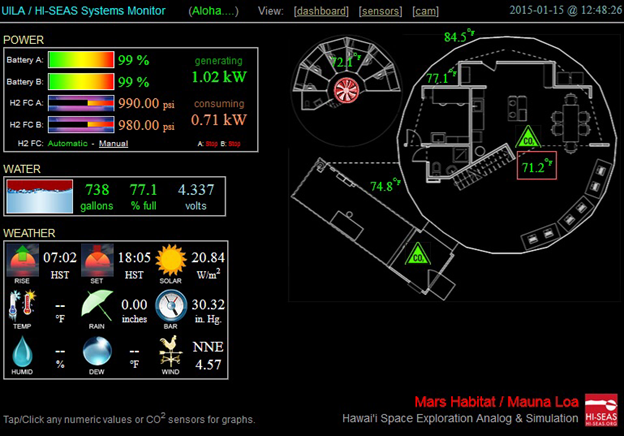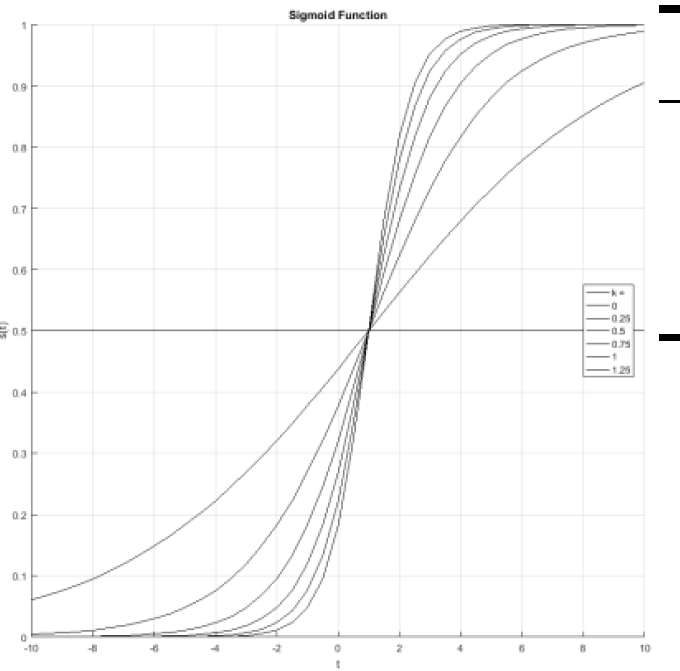Forecasting HI-SEAS Energy Consumption
An ongoing project with HI-SEAS I have been using various Machine Learning methods to forecast energy consumption within the habitat. This has provided a lot of insight into how the crew will be utilizing energy, and how that energy usage changes over time. With this this project I have published three papers, one poster at conferences, and my Masters thesis. My most significant finding was how energy consumption changes with the crew mood. More importantnly I implemented a novel way to account for emotional response within machine learning methods.
**Habaitat energy consumption forecasting Travel to other planetary bodies represents a major challenge to resource management. Previous manned exploration missions of long duration were resupplied with food, water, and air as required with regular resupplies. Manned missions traveling to other planetary bodies will have duration of years, with little to no possibility of resupply. Consequently, the monitoring and forecasting of resource consumption is a mission critical capability. The Hawaii Space Exploration Analog and Simulation, a long duration planetary analogue simulation, has recently completed its fifth long term isolation mission gathering energy, food, and water demands for six man long term planetary mission. A novel method for forecasting energy consumption will be presented that incorporates the emotional state of the habitat crew. Gathered data show that small environments can be heavily influenced by the actions of a single crew member resulting in dramatic changes in consumption, throwing forecasting models off to the point of total failure. Previous work has shown that the inclusion of the daily astronaut activities and psychological state allow for higher accuracy in forecasting for longer duration. Currently psychological surveys in the form of the Positive and Negative Affect Schedule, and a generalized artificial neural-modulation method are used to incorporate emotional response into machine learning forecast methods. Using these lessons and developments, a large scale smart habitat control and forecasting system will be proposed that will monitor, control, and forecast habitat resources for future manned missions. This new system will require the incorporation of psychological and physiological data from crew members, crew activities, and schedule.



